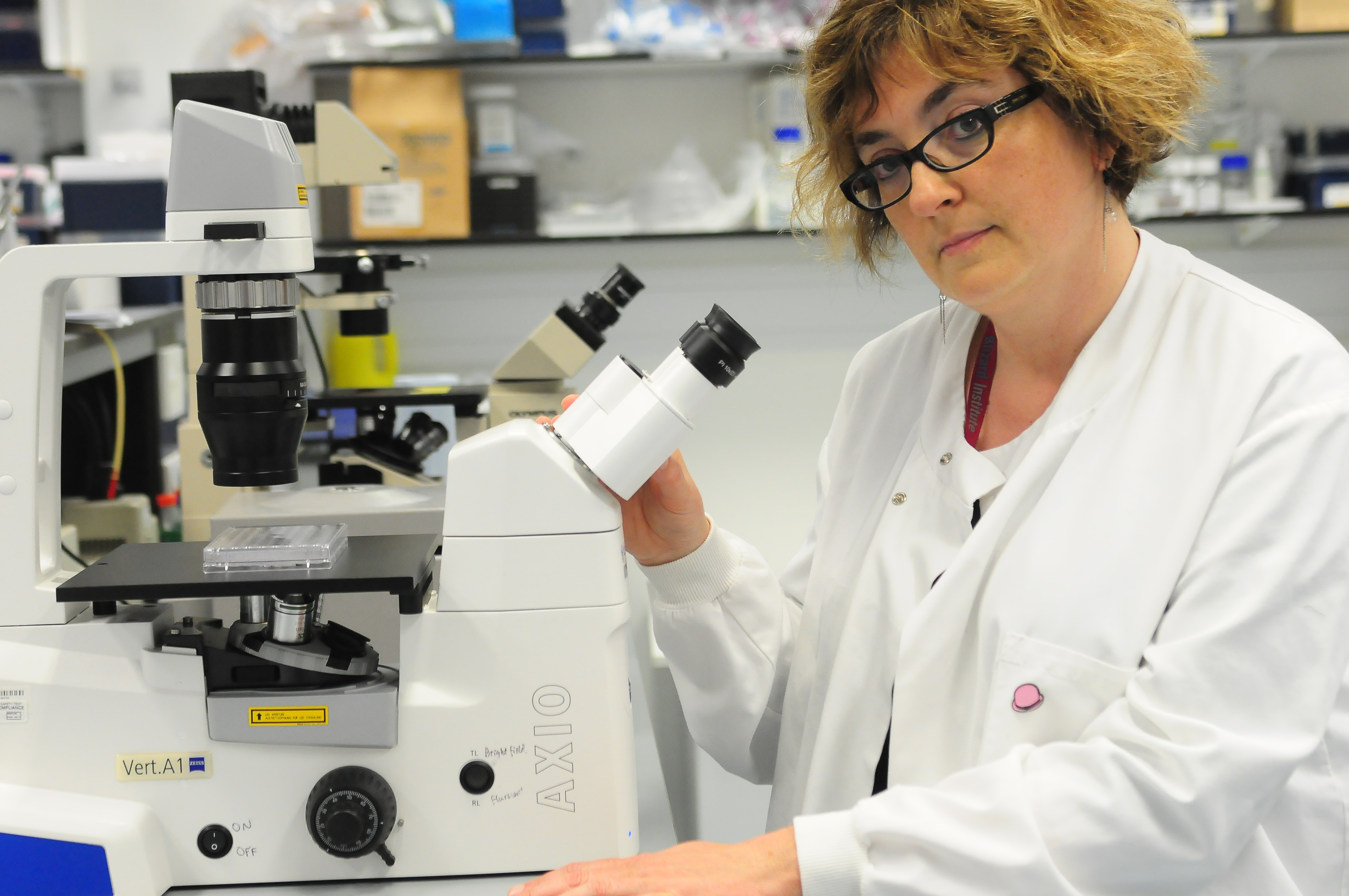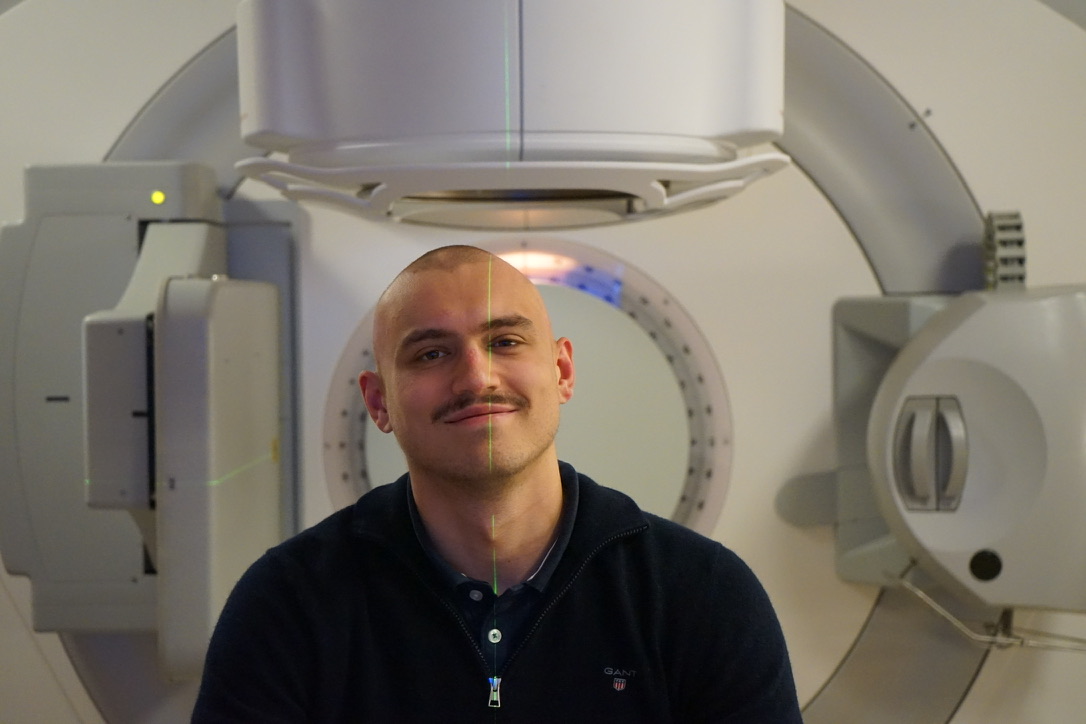Trial offers hope to patients with deadly brain tumours
The trial comes as a new study highlighted differences in how genes are activated in brain tumour cells compared to healthy ones.

The first patients with a deadly and incurable form of brain cancer have been enrolled on a trial that could pave the way for personalised treatments for the disease.
The research being conducted could one day allow medics to predict effective drugs for each person, experts suggest.
It comes as a study highlighted differences in how genes are activated in glioblastoma cells compared to healthy brain cells, a process that is unique for each individual.

Glioblastoma is the most common primary brain tumour in adults.
It is estimated that about 3,200 people in the UK are diagnosed with the disease each year, surviving on average for 12 to 18 months.
Five people with suspected high-grade tumours are currently enrolled on the trial, which is being led by scientists from Queen Mary University of London and Barts Brain Tumour Centre.
It is hoped that 200 people could eventually take part over the next five years.
Patients will have their healthy cells compared with cancerous ones to look for unusually activated or repressed genes, which could one day be targeted with new or repurposed drugs.
The trial comes as research, published in BMC Biology, explored the role of chromatin in glioblastoma.
Chromatin is a mixture of DNA and proteins that form the chromosomes found in the cells of humans.
The study found that a process known as chromatin remodelling – when chromatin allows condensed genomic DNA access to certain proteins that act like switches to turn genes on or off – was different in glioblastoma stem cells when compared to normal brain cells.
Silvia Marino, a professor of neuropathology at Queen Mary University of London – who led the study, said: “Brain tumour cells have a different combination of genes that are turned on or off when compared to healthy brain cells – a combination that is unique from patient to patient.
“The research in this paper has increased our understanding of one of the methods that controls the activation of these genes and has demonstrated that we can use it to find new gene targets, potentially opening up new personalised treatment options for patients.”
Researchers pinpointed two “novel drugable target genes”, known as Smox and GABBR2, which are thought to promote cancer growth.
Prof Marino added: “This trial will not only identify activated or repressed genes in patient tumour cells allowing researchers to predict what could be effective treatments, but it will also test these drugs in the lab, giving us an indication of their utility as a treatment option for patients.
“Although not yet at a stage where patients are to be given the drugs based on their prediction, with further research we are optimistic this could be available to patients in the near future.”
Dan Knowles, chief executive of Brain Tumour Research, said: “This is a significant milestone for the brain tumour community, specifically patients living with the deadliest form of the disease.
“It’s fantastic to see the hard work and dedication of Brain Tumour Research scientists in the development of something that could improve the outcomes for patients and family members.
“With continued investment into research for brain tumours, together we will find a cure.”
One patient living with terminal glioblastoma said he hopes the trial will offer future generations a cure.
Max Vardy, from Surrey, was diagnosed with the disease at the age of 24 last June.

He has since had six weeks of radiotherapy and is undergoing 12 rounds of chemotherapy.
“I have always been a very optimistic person, however, when I was told that my glioblastoma was terminal and that there are no curative treatments currently available, I was greatly saddened,” Mr Vardy said.
“The research at Queen Mary, University of London gives people like me grounds for hope that there may be an effective treatment being developed.
“Even if not in time for me, then for the future generations that must fight this difficult to cure condition. It is so encouraging to see researchers striving for a cure.”





